Hide Show
Sell/Trade Us Your Car | Click Here To Learn More
Your tire pressure light provides a critical reminder to restore the pressure in your vehicle's tires when it gets low. You should only attempt to reset the light after first addressing the tire pressure in every tire. Once your tires are at the appropriate pressure, the light may go off on its own. If it doesn't go off right away, driving at 50 mph for about 10 minutes should help the tire pressure sensor reset.
If the tire pressure light is still on, there are a few more tricks you can try:
TPMS stands for Tire Pressure Monitoring System. The tire pressure light is one component of this electronic system, providing a visual alert when your tire pressure is low. The TPMS monitors tire pressure using either an indirect or direct method.
An indirect TPMS measures the rate of revolution for each wheel. If a wheel starts spinning faster than anticipated, the system signals to your vehicle's computer that something is amiss with the tire rotation, and your tire pressure light comes on. You must manually reset the monitor in an indirect TPMS system.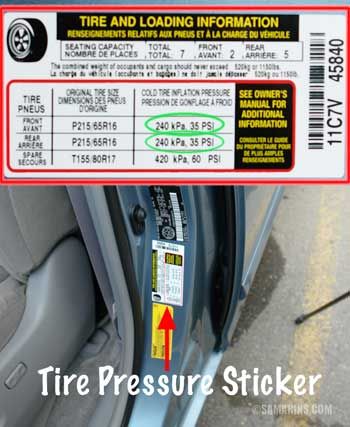
A direct TPMS uses pressure monitoring sensors in each tire to monitor tire pressure exactly. This is a more accurate alternative to an indirect TPMS system. The batteries inside these sensors will last for about 10 years. Direct TPMS systems reset automatically after tire inflation or rotation. You do need to have these sensors resynchronized when you get new tires, which requires a special tool.
Yes, cold weather will affect the air pressure in your tires. Your tires lose one or two pounds per square inch (PSI) for every 10 degrees that the temperature drops. Cold air condenses while warm air expands. Therefore, the colder air in your tires will take up less space in lower temperatures.
You may find that your TPMS light is only illuminated for a short time in the morning on particularly cold days. After about 20 minutes of driving, the air will often warm up and expand, restoring proper pressure in your tires.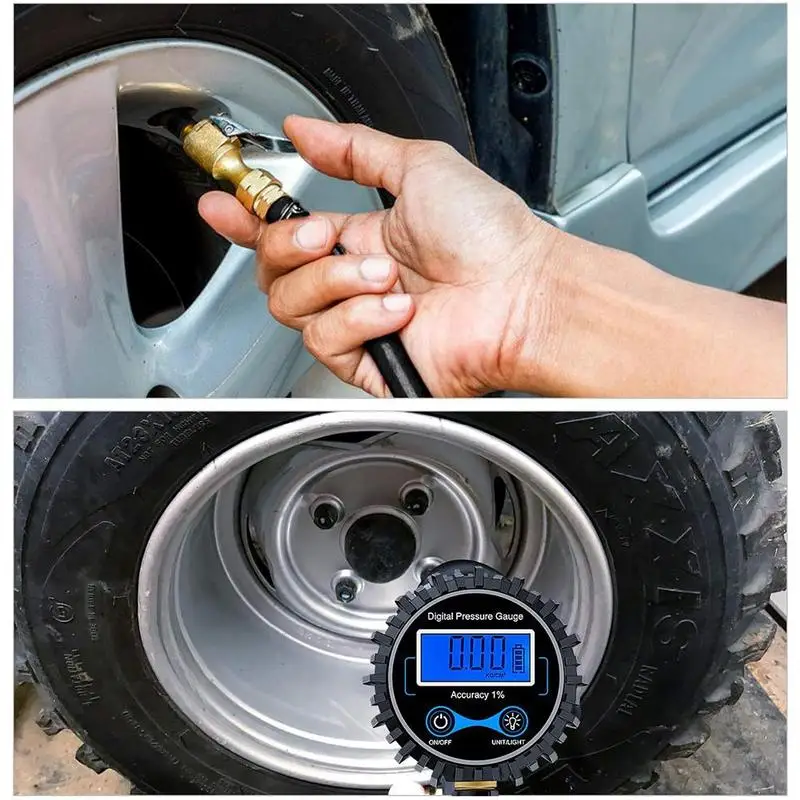 If the light stays on after 20 minutes on the road, you should add air to your tires as needed to restore the proper pressure. Low tire pressure is hazardous for your vehicle regardless of the cause.
If the light stays on after 20 minutes on the road, you should add air to your tires as needed to restore the proper pressure. Low tire pressure is hazardous for your vehicle regardless of the cause.
When the tire pressure monitor light is on, the first thing you should do is check the pressure in each of your tires, including the spare. Check the manufacturer's recommendation to determine the appropriate pressure for each tire. This is typically between 30 and 35 PSI but may vary. You should measure tire pressure when the tires are cold, which means they have not been driven in the last three hours.
To check the pressure, simply unscrew the valve cap and insert a tire gauge into the valve stem. The gauge will provide a clear reading. Replace the valve cap when you're finished. If your tires are all at the appropriate pressure, there's a malfunction with your TPMS. Bring your vehicle to an authorized dealership service center to diagnose and resolve the issue.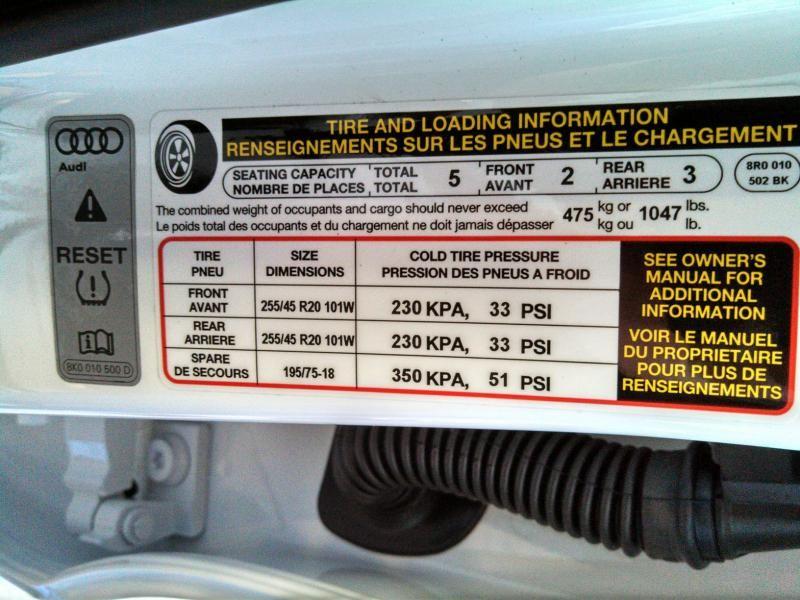
If the tire pressure monitor light is on, you should check your tire pressure as soon as possible. Low tire pressure creates a serious hazard on the road. According to the National Highway Traffic Safety Administration, 738 people died in tire-related crashes in 2017. When tire pressure is low, the tire has more contact with the road. This may cause the tire to overheat, leading to tread separation, excessive tire wear, or a blowout.
Low tire pressure also wreaks havoc on your fuel efficiency. You can save up to 11 cents per gallon simply by keeping your tires properly inflated. You'll also save money on tire replacements with adequate inflation. Keeping your tires properly inflated can add 4,700 miles to the tire's average lifespan.
The tire pressure monitor light gives you valuable information and should not be ignored.
You do not necessarily need to have your TPMS sensors replaced with new tires, but this is a good time to check them and make sure they're still in good condition.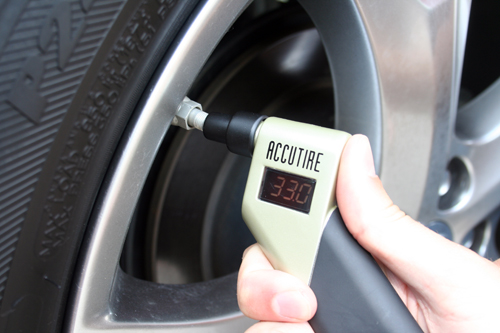 If you have an indirect TPMS system, your mechanic will need to manually reset the sensors after changing your tires. If you have a direct TPMS system, no additional maintenance is required to reset the system.
If you have an indirect TPMS system, your mechanic will need to manually reset the sensors after changing your tires. If you have a direct TPMS system, no additional maintenance is required to reset the system.
A new TPMS system will typically last for about 10 years before the batteries run out. If you have an older vehicle, you may need new sensors every five or six years. Your mechanic can advise you on the best time to replace TPMS sensors for your vehicle. When new sensors are installed, the system must relearn the location of each tire, which requires a detailed series of technical procedures. You should leave this task to a professional.
If you need tire service for your Toyota, come to Kings Toyota for prompt, reliable service. Our highly-trained technicians are equipped to assist with any type of tire issue, whether you need new tires or have a malfunctioning tire pressure sensor light. Make your appointment today.
First Name*
Last Name*
Contact Me by*
EmailPhone
TPMS stands for “Tire Pressure Monitoring System” and it appears on your dashboard with a warning light whenever your car tires are irregularly inflated.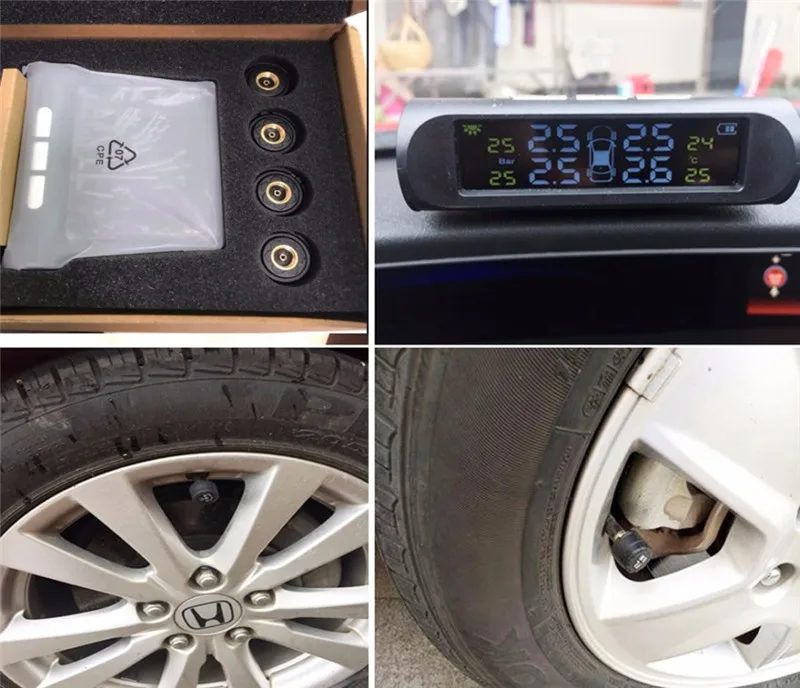
The TPMS light could indicate that your TPMS is not properly recalibrated or that your tire pressure is too low.
However, a lot of drivers complain that the TPMS warning light keeps blinking even after they inflated their tires to the proper tire pressure.
In this article, you will learn how to reset the TPMS light in several vehicles on the market.
Before we move on to resetting the TPMS, it is important to understand your car’s type of monitoring system. There are 2 main types of TPMS: Direct and Indirect.
The direct TPMS has sensors located on the tire’s pressure valve or the rim. These sensors collect information and send it to the car’s on-board computer. However, the direct TPMS is most likely to malfunction due to bad weather conditions. It is usually found in cars in the United States.
The indirect TPMS has sensors placed on the car’s ABS brakes and/or the speed sensors on each wheel. These sensors measure the wheel rotation speed and identify changes as underinflated tires rotate much faster compared to regularly filled tires. This system is most often found in cars in Europe.
This system is most often found in cars in Europe.
Resetting the TPMS differs from car to car, but some general techniques are easy to execute and help successfully recalibrate the monitoring system. Follow these steps to reset the TPMS light:
Total Time: 5 minutes
Before you try to reset your TPMS light, you should always ensure that you have the right tire pressure in your vehicle. Use a tire pressure gauge to check the tire pressure. Inflate each tire to its ideal PSI, then deflate the tires to zero. Then inflate again and drive for a couple of minutes at 15 mph to manually calibrate the sensors. If you want to learn more about how to find the correct tire pressure, you can check out this guide: Tire pressure
Most cars with direct TPMS have a reset button located under the steering wheel through which you can conveniently re-calibrate the sensors. These buttons can be located in different places depending on the car model. Check your car owner’s manual. Put the key in the ignition and turn on the battery but don’t start the car. Push the reset button for about 3 seconds or until the system’s light starts blinking. Start the vehicle and drive for 20 to 25 minutes, then turn off the ignition. Some newer cars have this reset in the menu
These buttons can be located in different places depending on the car model. Check your car owner’s manual. Put the key in the ignition and turn on the battery but don’t start the car. Push the reset button for about 3 seconds or until the system’s light starts blinking. Start the vehicle and drive for 20 to 25 minutes, then turn off the ignition. Some newer cars have this reset in the menu
This might be the easiest method as it requires you to drive your car at 50 mph for about 10 miles, and the sensors will automatically calibrate themselves after you made sure that the tires have the right tire pressure. Some vehicles require a higher speed, and you can also use the cruise control to keep the speed constant. This method does work in some car models, often with the indirect method.
Every car has an onboard computer that may face certain glitches from time to time. The best way to fix these glitches is to reset the computer, and this can be done by disconnecting and reconnecting the battery.
Open your car’s hood and look for the battery’s negative terminal. Remove the negative terminal to disconnect the battery, then press the vehicle’s horn to drain out any remaining power. Reconnect the positive terminal, and the TPMS warning light should go away.
There are a lot of different TPMS reset tools on the market. In some cases, you will have to reprogram the sensors if they have lost their information, and you need a TPMS reset tool for this job. With a TPMS reset tool, you can often reset the TPMS light with an easy click of a button. If you are interested in buying a tool like this, I recommend the Autel TS401 MaxiTPMS Activation Tool Link from Amazon. You can also reset the TPMS light with a diagnostic scanner if you have a good OBD2 scanner. Always make sure the tools are compatible with your vehicle before making a purchase.
If the above-mentioned techniques do not work, it may mean that the sensors may have been damaged and will have to be replaced. The sensors can get damaged due to various reasons; for example, tire replacement, brake repairing, oil change, filter change, or even during normal tire service.
The sensors can get damaged due to various reasons; for example, tire replacement, brake repairing, oil change, filter change, or even during normal tire service.
The sensors do also have batteries inside of them, which will drail out after a couple of years.
You can also try out these specific methods depending on your car make and model.
The TPMS reset button is often located under the steering wheel or integrated with the car’s information display system. This heavily differs depending on which car model you have though.
Down below, you will find some more vehicle-specific information about where the button is located.
If you own a 2016 or later Honda car with a touchscreen display, follow these steps to easily re-calibrate the TPMS.
For models without a touch display, use buttons on the steering wheel to select ‘TPMS Calibration’ and chose the ‘Calibrate’ option.
For old Honda models without touch display, use steering wheel buttons and calibrate through these steps:
For models without any display screen, a TPMS reset button can be found on the steering wheel’s left. Press the button for a couple of seconds, then release it to re-calibrate the system.
Resetting TPMS on Chevrolet models can be performed at home as well, but it requires a J-46079 Tire Pressure Monitor Tester, which can be bought from eBay.

Resetting TPMS on Volkswagen differs from model to model. The reset button can be found inside the glove box or near the gear shift for old models. Once the button is found, press it for a couple of seconds until a beep is heard, then release.
For newer models, the TPMS can be re-calibrated easily through the infotainment system.
The TPMS on Mini models can be re-calibrated easily through the button as well. For old models (2002 to 2006), the reset button can be found in the emergency brake handle’s front cabin.
Turn on the ignition but don’t start the car and press the reset button until the yellow indicator on the dashboard starts blinking. The TPS will be automatically calibrated on your next drive.
The TPS will be automatically calibrated on your next drive.
On the newer models (2007 and onwards), start the car and navigate to “Set/Info” on the instrument cluster. Scroll down until the tire monitor symbol is displayed, click on reset, and re-calibrate the TPMS system.
Toyota cars do normally have a reset button under the steering wheel. The reset button can be hard to find, and you can find it in the lowest area in front of your pedals. Just press the reset button for 5 seconds while the ignition is on, and the TPMS should be reset.
Once the TPMS system resets and the warning light goes away, you can follow a few maintenance tips to avoid the problem in the future.

It is possible but firstly, remember that getting rid of the TPMS is not the right solution as according to the law proposed by “The National Highway Traffic Safety Administration (NHTSA)”, all cars newer than 2008 are supposed to be equipped with a TPMS. This law was introduced to minimize the number of road accidents due to overinflated or underinflated tires.
The TPMS, or tire pressure monitoring system, should be reset when you change your tires. This is because most TPMS systems calculate your current tire pressure based on the size and weight of your original tires. When you switch to a different set of tires, the TPMS will not give an accurate reading.
It depends on the car model, in some cars you need to reprogram TPMS sensors when changing tires because the pressure information the sensors transmit will be incorrect if they are not calibrated to the new tires. In other car models, simply resetting the TPMS with the reset button may be sufficient.
Some TPMS sensors do reset themselves, but many do not. It depends on the make and model of the sensor. Some sensors have a “learn mode” that needs to be activated before the sensor will start transmitting data again. Others will continue to transmit data even if they are not reset. If you’re not sure how to reset your TPMS sensor, consult the owner’s manual or contact the manufacturer for assistance.
While you can drive with a TPMS light on, it is not recommended as you will lose the ability to monitor tire pressure without doing so manually. It’s important to take care of this as soon as possible, as driving with an underinflated tire can lead to decreased fuel economy and increased wear and tear. If the TPMS light comes on while you’re driving, pull over at the next safe opportunity and check your tires’ air pressure levels. You can typically find the recommended levels in your car’s owner’s manual.
It’s important to take care of this as soon as possible, as driving with an underinflated tire can lead to decreased fuel economy and increased wear and tear. If the TPMS light comes on while you’re driving, pull over at the next safe opportunity and check your tires’ air pressure levels. You can typically find the recommended levels in your car’s owner’s manual.
To reset a TPMS system, you must either press the TPMS reset button or use a TPMS reset tool after inflating the tires and making sure the tire pressure is correct. In some car models, the TPMS system will reset itself after you inflate the tires and drive for a while above 50 mph.
If your TPMS system has been reset according to the correct procedure for your car model and the TPMS light is still on, you may still have a problem with incorrect tire pressure in one or more of your tires.
Try checking the air pressure in each tire with another more accurate gauge (don’t trust gas station gauges) and inflate them up to the recommended PSI rating. If the light comes back on after driving for a while, there may be a faulty TPMS sensor in one of the tires.
Learn more:
Find more information in our list of all car dashboard symbols.
TPMS or Tire Pressure Monitoring System is a set of equipment commonly found in modern cars. Its main job is to alert you if there are problems with tire pressure. For example, one tire has lost pressure - in this case it is not safe to drive, but the system will inform you about this, and you can inflate the wheel to avoid steering problems.
But sometimes the system does not work correctly. Some sensors may fail or the system needs to be rebooted. In this case, you may see a blinking or simply lit tire pressure error indicator on the dashboard. Resetting the pressure monitoring system will help you solve the problem if the sensor is working.
Some sensors may fail or the system needs to be rebooted. In this case, you may see a blinking or simply lit tire pressure error indicator on the dashboard. Resetting the pressure monitoring system will help you solve the problem if the sensor is working.
Please note that different vehicles may have different TPMS reset methods, so you may need to try several of them before you know the most effective one.
Initially, you just need to hold the tire pressure sensor reset button for a few seconds until the pressure indicator flashes three times and then turns off. But sometimes it doesn't help much. So we found other ways to calm down the pressure control system.
First, locate the TPMS reset button, which is usually located somewhere under the steering wheel. Start the car, press and hold the button for 3 seconds. Then drive at a speed of 80 km/h for approximately 10 minutes. Of course, you will need to find a suitable track for this. Steady driving is an important part of resetting tire pressure sensors this way. Of course, before this operation, you will need to inflate the tires to the required pressure.
Steady driving is an important part of resetting tire pressure sensors this way. Of course, before this operation, you will need to inflate the tires to the required pressure.
In some vehicles, you will need to drive on any road and at any speed for 20 minutes after resetting the sensors, as long as you do not turn off the engine.
So, start the car, press the reset button and hold it for three seconds. Do not turn off the engine until 20 minutes have passed. You can drive or just let the engine idle for 20 minutes. This method of resetting pressure sensors should work for most vehicles. Again, inflate the tires to the correct pressure before resetting the system.
If the simple methods don't work with your machine, try another method. Start the engine so that the tire pressure monitoring system can register the changes. Then inflate the tire 0.2 bar above the recommended level. After a minute, completely deflate the tire.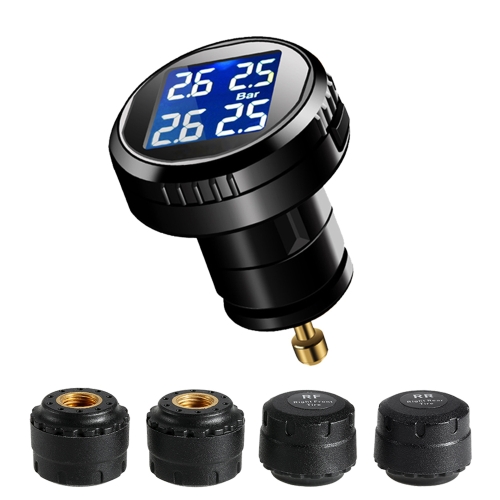 Wait one more minute to reset the sensors. Then inflate the tire to the optimum pressure level and let the engine run for another minute. The indicator should stop flashing.
Wait one more minute to reset the sensors. Then inflate the tire to the optimum pressure level and let the engine run for another minute. The indicator should stop flashing.
The idea is to reset the entire engine electronics system by cutting off the power supply from the battery. First, make sure all tires are at the correct pressure. After that, turn off the engine, open the hood and disconnect both terminals from the battery. Wait 10-15 minutes. Reconnect the battery and turn on the ignition to check if the indicator lamp goes out.
If the above methods do not work with your vehicle, there is another option. Find a manual for your car or open a forum thread that talks about resetting tire pressure sensors in your car. Look for the combination of steps the manufacturer recommends to reset the TPMS system. Sometimes the combination can be quite strange and even complex.
If all methods fail and the error light continues to flash, the problem may be with the sensors. It is the blinking signal of the tire pressure lamp that often indicates a sensor malfunction. If there is a problem with tire pressure, usually the light will just come on and not blink.
It is the blinking signal of the tire pressure lamp that often indicates a sensor malfunction. If there is a problem with tire pressure, usually the light will just come on and not blink.
This means that if the light is flashing, one of the sensors may be faulty. Replacing the element is not so easy because it is under the tire. The tire must be removed from the rim to replace the sensor.
After replacement, you will still need to reset the pressure control system for the new sensor to work. Otherwise, the indicator will flash or light up.
Where is the reset button for the tire pressure sensors?
The button is often located directly below the steering wheel. But there may be different options. If you don't find the TPMS reset button there, look around the steering wheel - it should be somewhere in this area.
Difficult to say for all vehicles, but for most vehicles, the travel time before the tire pressure monitoring system resets should be at least 10-15 minutes. If you turn off the engine earlier than 10 minutes after pressing the reset button, the TPMS will still send some error signals the next time the engine is started.
If you turn off the engine earlier than 10 minutes after pressing the reset button, the TPMS will still send some error signals the next time the engine is started.
Drivers occasionally upgrade tires and wheels to larger ones and want their stock pressure control modules to work properly. The problem is that larger or flat-ride tires will have a different optimum pressure level, so the original gauges will always show an error on your dashboard.
One way to solve the problem is to buy other sensors tuned to the desired tire pressure level. Another way is to reset the control system in your car at the service station. Just check which option will be cheaper for you.
It's hard to say why manufacturers haven't added an option to automatically reset tire pressure sensors in cars. In most post-2015 vehicles, the TPMS is autonomous enough that it won't bother you much with reset requests.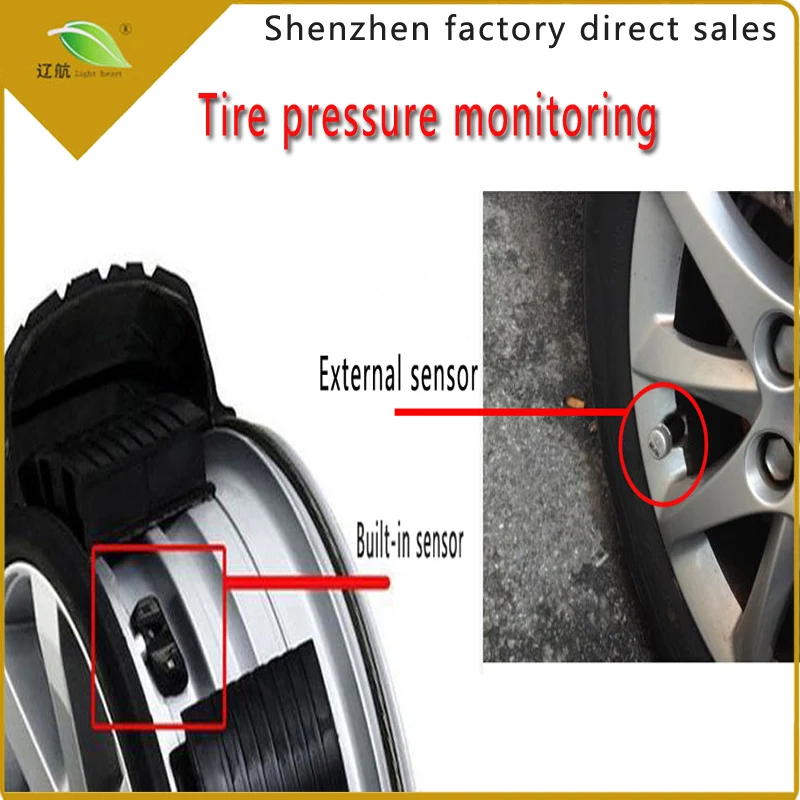 But in older cars, the system is not as advanced and sometimes a manual reset is required.
But in older cars, the system is not as advanced and sometimes a manual reset is required.
The fact is that it is impossible to turn off the sensors. We'll have to look for other ways to remedy the situation. What exactly? Now we'll tell you.
The most obvious way to reset a tire pressure sensor error is to check the condition of the tires. Yes, the error in the operation of devices is extremely high, but in most cases they still signal a real problem.
If the insidious light comes on while driving, stop at a convenient authorized place and make sure the tire is properly inflated. To do this, it is better to use a pressure gauge, because it is not so easy to determine by eye where the air is released.
Then proceed according to the situation. Try inflating the tire to the standard level, and then start the car and drive at normal speed for several kilometers.
Hyundai Creta tire pressure error will reset itself, without requiring additional expert intervention.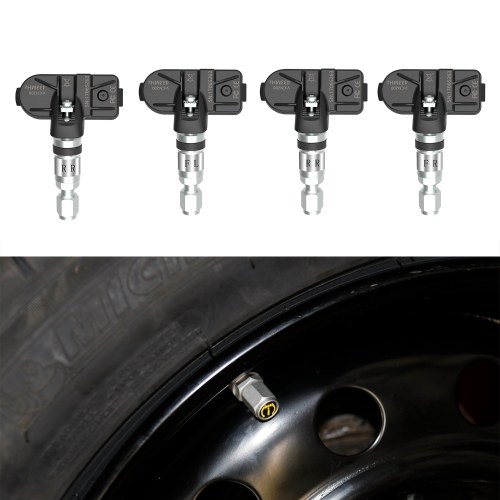 The miracle did not happen, or was the tire completely in order, but the light continues to burn, distracting and annoying? Then you have to be cunning and here are the main ways:
The miracle did not happen, or was the tire completely in order, but the light continues to burn, distracting and annoying? Then you have to be cunning and here are the main ways:
Important note: If you decide to remove the sensors from the discs, in the hope of getting rid of a regular error, then you will not come to the desired result.
The light will remain on even if there are no devices.
There is another way to disable TPMS on your Hyundai Creta. Experts call it initialization and it is mainly used when changing wheels between seasons. Proceed step by step:
If none of the above methods helped, the light remains on, and you are absolutely sure that the tire pressure is at the level recommended by the manufacturer, you will have to go to a service center.
There, using special software and a scanner, the master will be able to forcibly shut down the system or reflash it in order to finally rid the driver of the problem.
Important note: Even a specialist in a service center does not disable tire pressure sensors.
He only makes sure that the annoying signal on the dashboard does not turn on.
Sometimes a frequent error may indicate that the device itself is broken. In this case, resetting errors on the Hyundai Creta will not help, because it will not fix the breakdown. Try changing the TPMS to a new one. You can do it yourself, but you will have to tinker.
The tire pressure sensors in the Korean crossover are hidden directly inside the wheels, in the tire cavity. So for replacement, you will have to dismantle each of them.
The best option would be to contact a specialized service center, but if you prefer to handle it yourself, then at least call a friend to help you, who will hold the disc.
But it is not necessary to register new devices after their installation. Just drive a few kilometers at the same speed and the information will begin to be transmitted to the head unit.
At the same time, no one will guarantee that beginners will not start making mistakes and you will not have to reset the Hyundai Creta tire pressure sensor. After all, you remember about the 30 percent error?
After all, you remember about the 30 percent error?
However, we do not recommend trying to disable the pressure control. Better try to get used to it. Factory-installed sensors on the Hyundai Creta are one of the basic security systems designed to protect against accidents, rapid tire wear and other troubles.
Vladimir, 55 years old (Yaroslavl)
What is the standard pressure for Hyundai Creta provided by the manufacturer and does it depend on the type of engine?
This indicator does not depend on the vehicle equipment. In a normally loaded car, tire pressure should be 2.3 bar, and in crossovers with a maximum load, 2. 5 bar. The manufacturer's recommendations are displayed on a sticker located on the front of the driver's door. You can verify this for yourself.
5 bar. The manufacturer's recommendations are displayed on a sticker located on the front of the driver's door. You can verify this for yourself.
Sergey, 29 years old (Abakan)
How does the level of tire pressure depend on weather conditions? I noticed that the malfunction from the sensors pops up only in the winter period.
The lower the air temperature, the lower the tire pressure drops. Therefore, in climates with cold winters, it is recommended to inflate tires a little more than the manufacturer requires. But we are talking about really low temperatures (from -20 degrees and less).
Dmitry, 25 years old (Barnaul)
How often can a Hyundai Creta reset errors so that the head unit does not refuse to work?
There are no specific recommendations for this. But if you have to reset too often, you should think about the causes of the problem and deal with it once. Perhaps a specific sensor is naughty due to a breakdown? Seek help from experts and clarify this point.